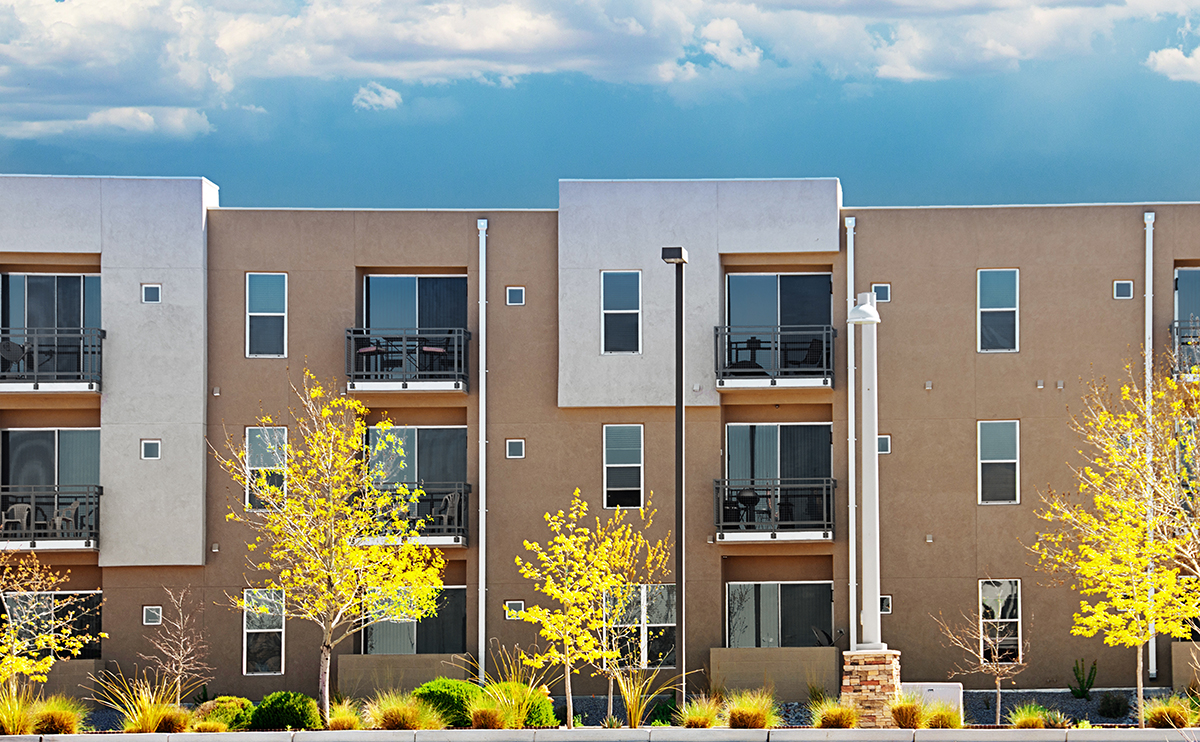Manhattan’s rent premiums remain well above all other New York City boroughs, ranging from 20% in small properties to 30% percent in large buildings.
How Does Building Age Impact Multifamily Rents?

When it comes to apartments, general wisdom says that the newer the building, the higher the rent. This holds true until you reach the ‘prewar’ vintage, which can approach new inventory rent rates for smaller properties.

Senior Renters Represent a Growing, Diverse Segment in Small Apartment Properties

Seniors are not a monolithic renter group, but rather have varying needs from early retirement to skilled care services. Small property operators will have to prepare for this generational demand as more seniors are choosing to rent.

How Workforce Renters Vary by Metro Areas

The composition of the American workforce varies significantly by metro market, and can include the public sector, local serving jobs as well as younger technology workers. In this post we’ll take a look at how small properties service the housing needs of the workforce in different cities.

How an Aging Population Impacts Seniors Housing Rent Growth

It is no secret that the U.S. population is aging. From 2010 to 2015, the US population grew 3.9%, but the population of those over 60 grew 16.7%.

The Role of Small Apartment Properties in Workforce Housing Affordability

The growing lack of affordability within U.S. rental housing has led to the creation of new loan programs aimed at strengthening and preserving the existing stock of multifamily that’s affordable for the workforce. It turns that a large portion of housing suitable for the workforce is found in smaller apartment properties with between 5 and 50 units.

Small Balance Multifamily Investment Snapshot — Q1 2017

Here’s a quick look at the small balance multifamily finance and investment benchmarks for Q1 2017.


